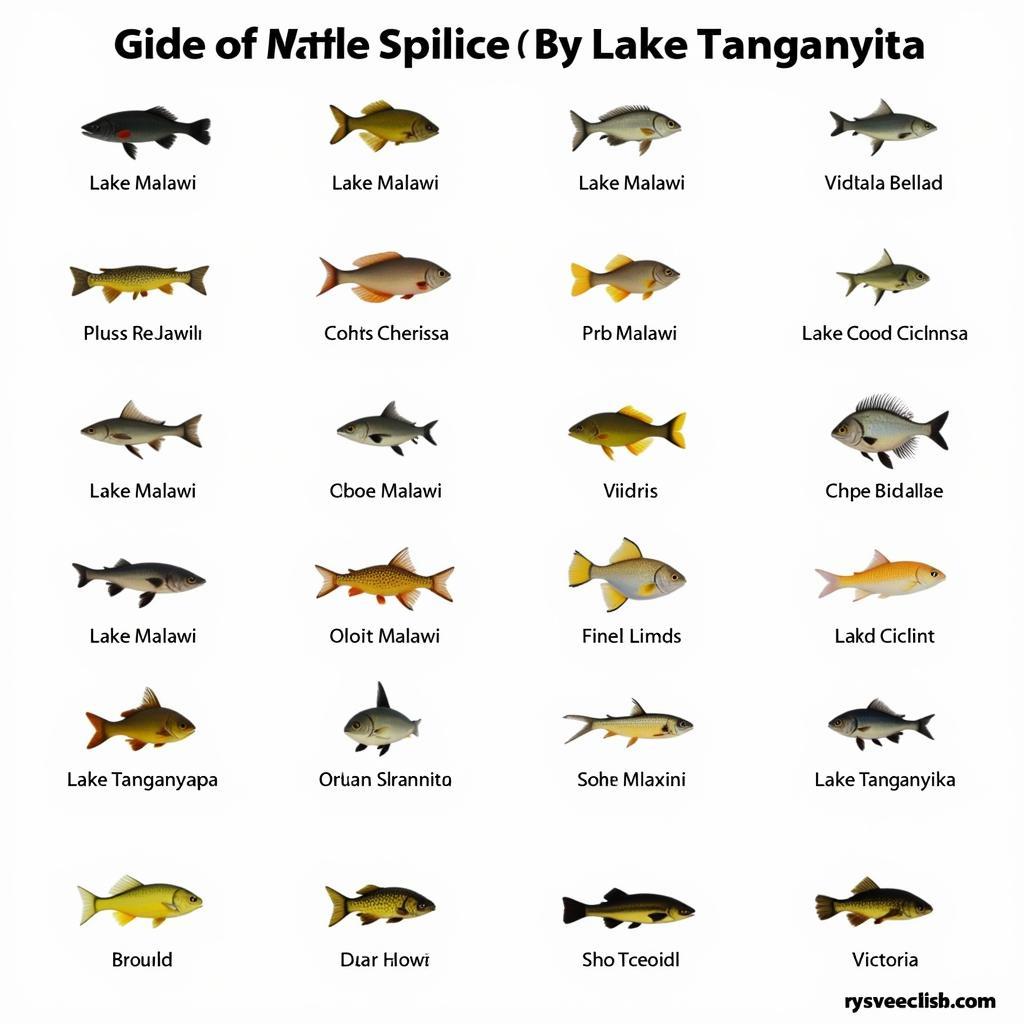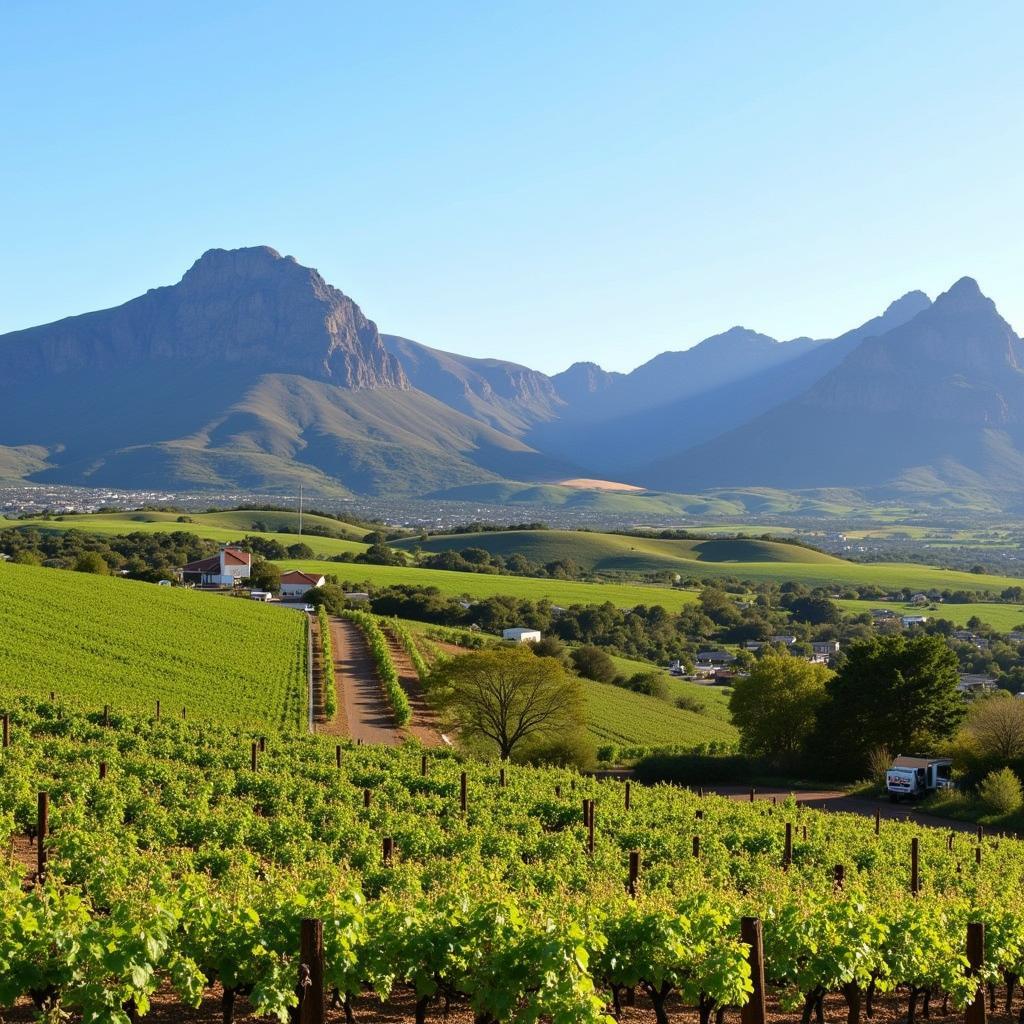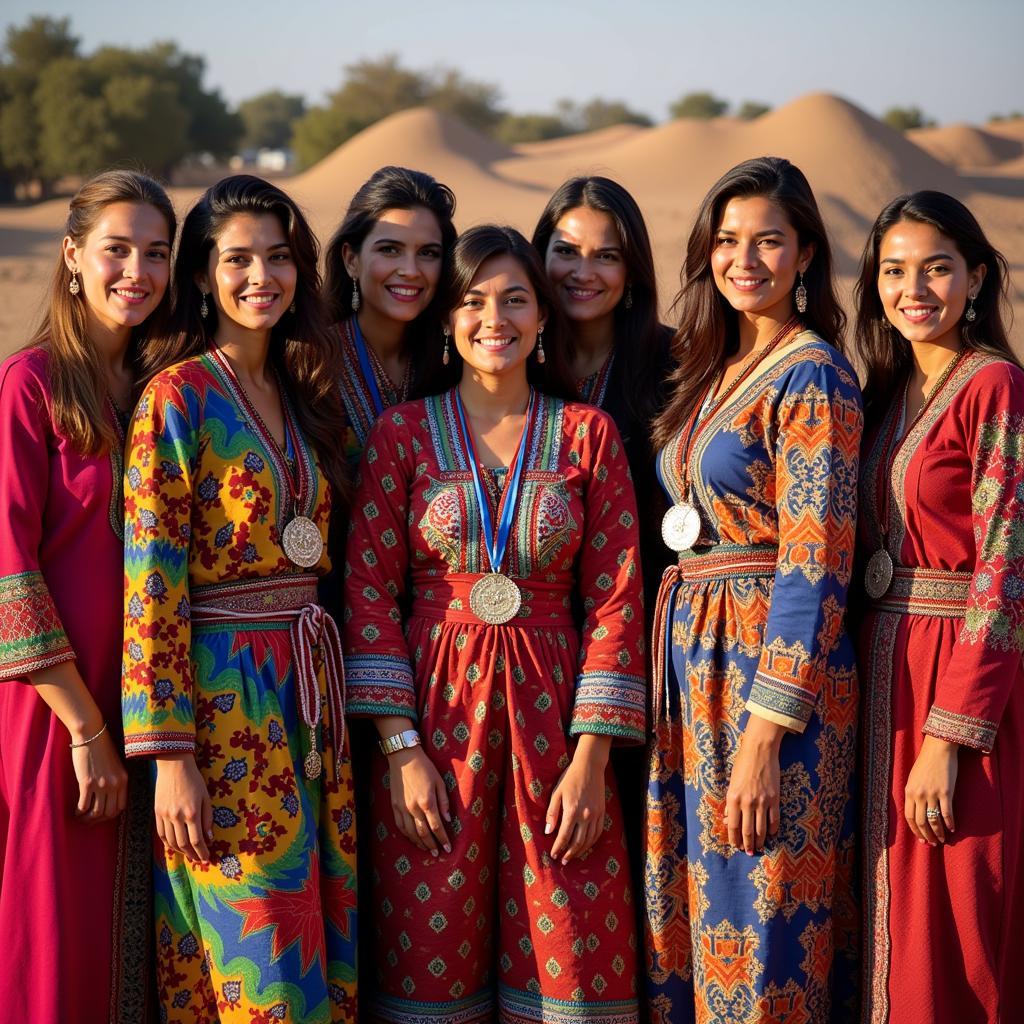African Cichlid Tank Setup Ideas: A Complete Guide
Setting up an African cichlid tank is an exciting endeavor for aquarium enthusiasts. These vibrant and active fish bring a unique beauty and dynamic to your home. However, replicating their natural habitat requires careful planning and attention to detail. This comprehensive guide will explore the essential aspects of creating a thriving environment for your African cichlids.
Understanding Your African Cichlids
Before diving into the setup, it’s crucial to understand the specific needs of your cichlid species. African cichlids are broadly categorized by their lake of origin, primarily Lake Malawi, Lake Tanganyika, and Lake Victoria. Each lake presents unique water parameters and habitat characteristics:
- Lake Malawi Cichlids: Known for their vibrant colors and relatively peaceful temperament, they prefer alkaline water with a pH of 7.8-8.6.
- Lake Tanganyika Cichlids: Often exhibit intricate patterns and fascinating behaviors. They thrive in slightly alkaline water with a pH of 7.8-8.5.
- Lake Victoria Cichlids: Unfortunately, many species are endangered in the wild. They require similar water conditions to Lake Malawi cichlids.
 Identifying African Cichlid Species by Lake
Identifying African Cichlid Species by Lake
Choosing the Right Tank Size
African cichlids are active and can grow quite large, depending on the species. A spacious tank is essential to accommodate their swimming and territorial needs. As a general rule:
- Minimum tank size: 55 gallons for a small community of dwarf cichlids.
- Larger tanks (75+ gallons): Recommended for larger species or more substantial communities.
- Consider tank dimensions: Opt for a longer tank rather than a tall one to provide ample swimming space.
Essential Equipment for Your African Cichlid Tank
Creating the perfect environment involves investing in the right equipment:
- Filtration: A powerful canister filter or a robust hang-on-back filter is crucial for maintaining water quality. Choose a filter with a flow rate at least 4-5 times the tank’s volume per hour.
- Heater: Maintain a stable temperature between 78-82°F (25-28°C) with a reliable heater.
- Lighting: Moderate lighting is sufficient. Choose LED lights for energy efficiency and longevity.
- Substrate: Use aragonite sand or crushed coral substrate to buffer the pH and maintain alkalinity.
- Rocks and Caves: Create a natural-looking environment with rocks, caves, and PVC pipes to provide hiding spots and break up territories.
Water Parameters and Chemistry
Replicating the water conditions of African lakes is crucial for the health of your cichlids:
- pH: Maintain a pH between 7.8-8.6, depending on the specific species.
- Hardness: Aim for a general hardness (GH) of 10-18 dGH.
- Alkalinity: Keep the carbonate hardness (KH) between 10-15 dKH.
- Water changes: Perform regular water changes of 25-30% every two weeks to maintain optimal water quality.
Nutrition and Feeding
A varied diet is essential for the health and vibrant colors of your cichlids:
- High-quality cichlid pellets: Form the base of their diet. Choose pellets specifically formulated for African cichlids.
- Live and frozen foods: Supplement their diet with brine shrimp, bloodworms, and mysis shrimp.
- Vegetable matter: Offer blanched spinach, zucchini, or spirulina flakes.
- Feeding frequency: Feed small amounts twice a day, ensuring they consume the food within a few minutes to prevent overfeeding.
Maintaining a Healthy Tank Environment
Regular maintenance is vital for the well-being of your cichlids:
- Water testing: Test the water weekly for pH, ammonia, nitrite, and nitrate levels.
- Gravel vacuuming: Remove debris and uneaten food from the substrate during water changes.
- Filter maintenance: Rinse the filter media regularly in tank water (never tap water) to remove accumulated waste.
- Observe your fish: Regularly monitor your cichlids for any signs of illness, stress, or aggression.
Common Challenges and Solutions
- Aggression: Cichlids can be territorial. Provide ample hiding spaces and consider adding tank mates carefully.
- Diseases: Maintain pristine water quality and quarantine new fish to prevent the spread of diseases.
- Algae outbreaks: Excess nutrients can lead to algae growth. Ensure proper lighting duration and avoid overfeeding.
Conclusion
Setting up and maintaining an African cichlid tank can be a rewarding experience. By carefully considering their specific needs and replicating their natural habitat, you can create a thriving environment where your cichlids will flourish and display their vibrant colors and captivating behaviors for years to come.
Frequently Asked Questions
1. How long does it take to cycle an African cichlid tank?
Cycling a new aquarium typically takes 4-6 weeks. This process involves establishing beneficial bacteria that break down harmful ammonia and nitrites.
2. Can I mix different species of African cichlids?
Mixing cichlid species from different lakes is not recommended due to their differing water parameter requirements.
3. What are some good tank mates for African cichlids?
While some cichlid enthusiasts prefer species-only tanks, compatible tank mates include certain plecos, synodontis catfish, and large, peaceful barbs.
4. How can I tell if my cichlids are fighting or displaying?
Cichlid communication often involves fin flaring and chasing, which can be mistaken for aggression. True fighting involves biting, injuries, or one fish relentlessly pursuing another.
5. How often should I clean my cichlid tank?
Perform regular water changes of 25-30% every two weeks and remove debris from the substrate using a gravel vacuum during water changes.
Need more guidance on setting up your African cichlid tank? Check out our article on african cichlid fish tank videos for visual inspiration and expert advice.
Get in Touch!
For personalized support with your African cichlid tank setup, contact our team of aquarium enthusiasts:
Phone: +255768904061
Email: kaka.mag@gmail.com
Address: Mbarali DC Mawindi, Kangaga, Tanzania
We’re here to help you create a thriving aquatic environment for your cichlids!

